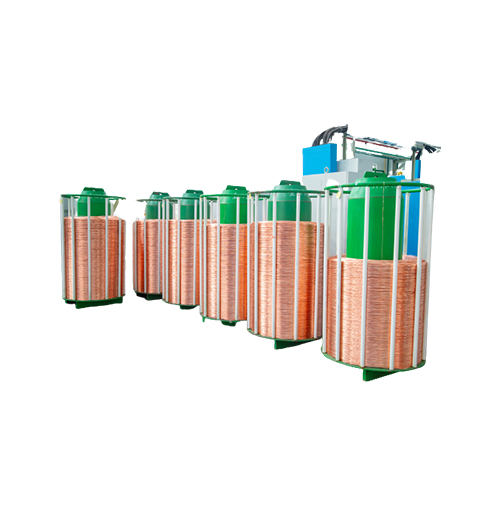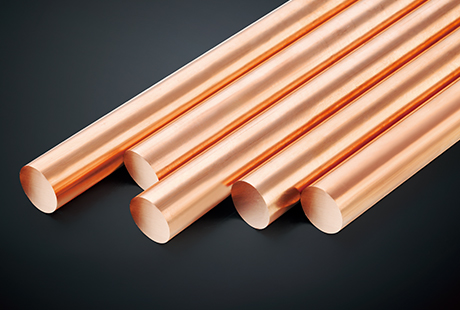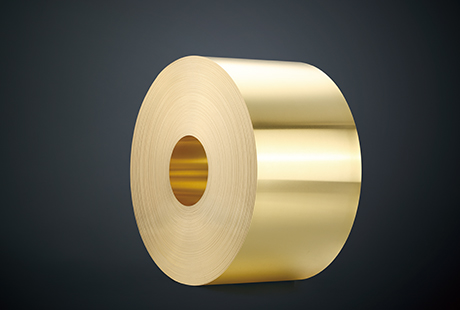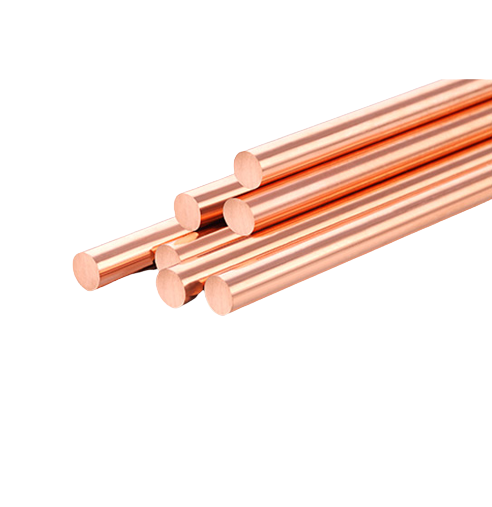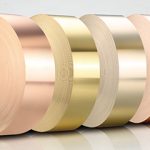In the world of mechanical engineering, the importance of choosing the right materials for high-performance components cannot be overstated. One trio of materials that consistently stands out for its exceptional properties is copper, tin, and zinc. These three elements, when combined in specific proportions, result in alloys that possess incredible strength, durability, and conductivity. This blog post will delve into the role copper tin zinc plays in crafting high-performance mechanical components, showcasing the unique attributes that make these materials indispensable.
The Versatile Copper-Tin-Zinc Alloys
Copper tin zinc alloys, also known as bronze alloys, have been known and utilized for centuries due to their favorable properties. By varying the proportions of the constituent elements, engineers can create alloys with different characteristics suitable for specific applications. One example is phosphor bronze, which contains around 6% to 10% tin and a small percentage of phosphorus. This alloy exhibits exceptional corrosion resistance and is commonly used in marine environments and electrical connectors.
Superior Strength and Durability
When it comes to mechanical components, strength and durability are paramount. Copper tin zinc alloys excel in these aspects due to their exceptional tensile strength, meaning they can resist high levels of stress and deformation without losing their functionality. The addition of tin and zinc provides enhanced hardness and wear resistance properties, making these alloys highly suitable for applications requiring heavy loads, such as gears, bushings, and bearings. Their excellent anti-friction characteristics also reduce wear and tear of moving parts, ensuring longevity and reliability.
Excellent Thermal and Electrical Conductivity
In various engineering applications, thermal and electrical conductivity are essential properties to consider. Copper is widely acclaimed for its outstanding conductivity, making it an ideal choice for conducting electricity and dissipating heat efficiently. By incorporating tin and zinc into copper, the resulting alloys can retain the remarkable conductivity of copper while gaining enhanced mechanical properties. This makes copper tin zinc alloys highly sought after in the manufacturing of heat exchangers, connectors, and electronic components where optimal thermal and electrical performance is critical.
Corrosion Resistance for Longevity
Corrosion is a major concern in any industry, as it can lead to component failure and costly repairs. Copper tin zinc alloys, thanks to their composition, exhibit remarkable corrosion resistance. This feature, combined with their exceptional strength and durability, extends the service life of mechanical components, lowering maintenance costs and improving overall performance. By choosing copper tin zinc alloys, engineers can rest assured knowing that their components will withstand harsh environments, such as marine, chemical, and industrial applications.
In conclusion, the role of copper, tin, and zinc in crafting high-performance mechanical components cannot be overlooked. The versatile nature of copper tin zinc alloys allows engineers to select materials with the specific properties they require for various applications. The superior strength, durability, thermal and electrical conductivity, as well as corrosion resistance, make these alloys indispensable in the field of mechanical engineering. So, whether you are designing intricate gears or robust connectors, consider the incredible potential that copper tin zinc alloys offer for creating reliable, high-performance components.

 English
English 日本語
日本語 한국어
한국어 français
français Deutsch
Deutsch Español
Español italiano
italiano العربية
العربية tiếng việt
tiếng việt Türkçe
Türkçe ไทย
ไทย 中文
中文
